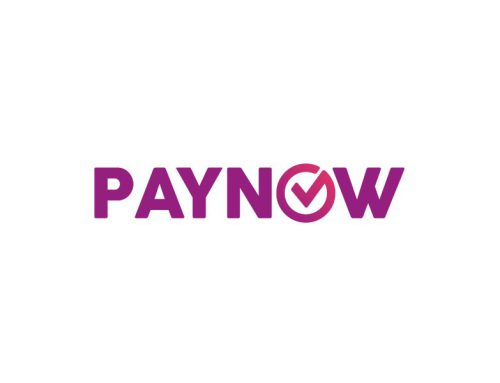KYC stands for “Know Your Customer.” It is a process that businesses use to verify the identity of their customers and assess the potential risks involved in doing business with them. The KYC process involves collecting and verifying personal and financial information about the customer, such as their name, address, date of birth, and government-issued ID. This information is then used to ensure that the customer is who they say they are and to identify any potential risks, such as money laundering or fraud. KYC is an important part of compliance and risk management for many businesses, particularly those in the financial industry, and is often required by law or regulation.
How is KYC conducted?
KYC is conducted by collecting and verifying the personal and financial information of a customer. The specific process may vary depending on the industry and the regulatory requirements, but generally, it involves the following steps:
- Customer identification: The first step is to identify the customer and collect basic information such as name, address, and date of birth. This information is typically collected through an application form or an online registration process.
- Verification of identity: Once the customer’s basic information has been collected, the next step is to verify their identity. This can be done by asking the customer to provide a government-issued ID such as a passport, driver’s license, or national identity card. The ID is then checked against a database to ensure that it is authentic.
- Source of funds: In addition to verifying the customer’s identity, the KYC process may also involve verifying the source of their funds. This is to ensure that the funds being used for the transaction are not obtained through illegal means such as money laundering or terrorist financing.
- Risk assessment: Once the customer’s identity and source of funds have been verified, a risk assessment is conducted to identify any potential risks associated with the customer. This may involve checking the customer against various watchlists, such as those maintained by law enforcement agencies, to identify any suspicious activity.
- Ongoing monitoring: KYC is not a one-time process, but rather an ongoing one. Businesses are required to monitor their customers’ transactions and activities to ensure that they continue to comply with KYC requirements.
Overall, the goal of the KYC process is to ensure that businesses have a thorough understanding of their customers and the potential risks associated with doing business with them. By doing so, businesses can better protect themselves from financial crimes such as money laundering and terrorist financing.







Leave A Comment